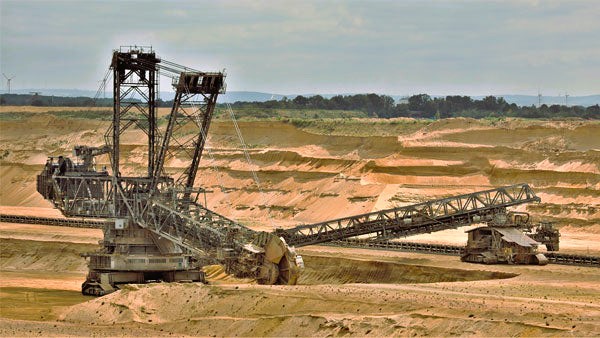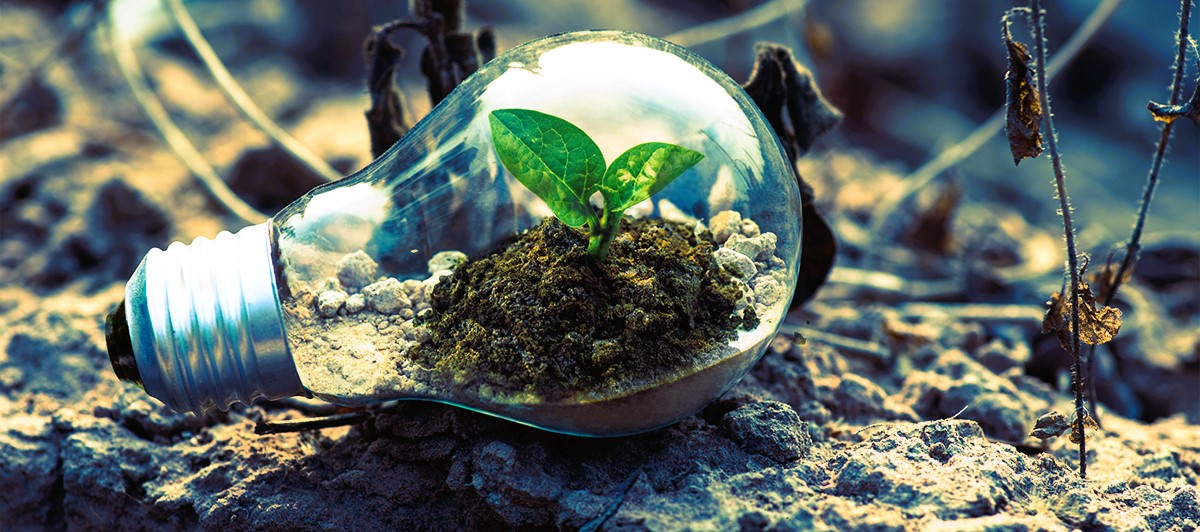Glass is a versatile and ubiquitous material that has been used by humans for thousands of years. It serves a wide range of purposes, from windows to packaging to optical lenses. The production of glass, however, has significant environmental implications, primarily stemming from the extraction of raw materials required for its manufacture. In this article, we will delve into the environmental aspects of raw material extraction for glass production, highlighting the key challenges and solutions that have emerged to mitigate its environmental impact.
Raw Materials for Glass Production
Glass is primarily composed of three main raw materials: silica (sand), soda ash (sodium carbonate), and limestone (calcium carbonate). These materials are heated to high temperatures in a furnace to create molten glass, which can then be shaped into various forms. The environmental concerns associated with glass production primarily revolve around the extraction of these raw materials.
1. Silica (Sand) Extraction
Silica, in the form of sand, is the most abundant raw material used in glass production. Sand mining can have a range of negative environmental impacts. It often involves removing large quantities of sand from riverbeds and coastal areas, leading to erosion, habitat destruction, and altered water flow patterns. The excavation and transportation of sand can also contribute to greenhouse gas emissions.
To mitigate these impacts, many countries and regions have implemented regulations on sand mining and extraction practices. Additionally, the use of recycled glass (cullet) as a substitute for some of the raw sand has gained prominence in recent years, reducing the demand for newly extracted silica.
2. Soda Ash Extraction
Soda ash, or sodium carbonate, is another critical component in glass production. It is typically obtained through mining trona ore, a naturally occurring mineral. The environmental impacts of trona mining include habitat disruption, water consumption, and energy-intensive processing.
One sustainable approach to reducing the environmental footprint of soda ash extraction is to explore alternative sources of sodium carbonate. Innovations in this field include developing methods to extract soda ash from brine solutions or even directly from carbon dioxide in the atmosphere. These approaches can significantly reduce the need for traditional trona mining.
3. Limestone (Calcium Carbonate) Extraction
Limestone is primarily used as a fluxing agent in glass production to help reduce the melting point of silica. While limestone extraction does not carry the same level of environmental scrutiny as some other raw materials, it still has its challenges. Quarrying operations can disrupt ecosystems, and the energy required to crush and transport limestone can contribute to greenhouse gas emissions.
Efforts to mitigate the environmental impact of limestone extraction include better quarry management practices, reclamation of quarry sites, and the use of more energy-efficient technologies in the crushing and transportation processes. How glass influences interior design and architecture, read more here.

Sustainable Practices in Glass Production
In recent years, the glass industry has made significant strides in adopting more sustainable practices to address the environmental concerns associated with raw material extraction. Some of these practices include:
- Recycling: Glass recycling is a well-established practice that reduces the need for virgin raw materials. Incorporating recycled glass (cullet) into the manufacturing process not only conserves resources but also lowers energy consumption during production.
- Resource Efficiency: Glass manufacturers are continually working on improving the efficiency of their operations, which can reduce the environmental footprint of raw material extraction and processing.
- Renewable Energy: Many glass manufacturers are transitioning to renewable energy sources to power their facilities, reducing greenhouse gas emissions associated with glass production.
- Sustainable Sourcing: Some glass producers are actively seeking out responsibly sourced raw materials and implementing ethical mining practices to minimize environmental and social impacts.
- Product Design: Innovations in glass product design can lead to lighter and thinner glass products, reducing the amount of raw materials required.
Conclusion
The environmental aspects of raw material extraction for glass production are a complex issue that requires careful consideration and action. While the demand for glass continues to grow, so does the need for sustainable practices in its production. Efforts to minimize the environmental impact of extracting silica, soda ash, and limestone include recycling, resource efficiency, renewable energy adoption, sustainable sourcing, and innovative product design.
As we move forward, it is essential for the glass industry to continue collaborating with environmental agencies and stakeholders to develop and implement sustainable solutions. By doing so, we can ensure that the beauty and functionality of glass products can coexist harmoniously with our planet’s fragile ecosystems.
For more information on standards and regulations related to environmental aspects in the glass industry, please visit Wikipedia for a comprehensive overview of the topic.




